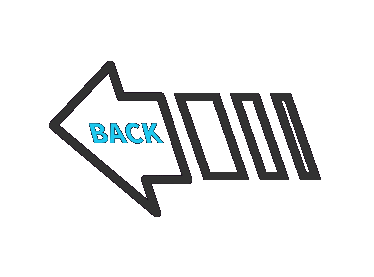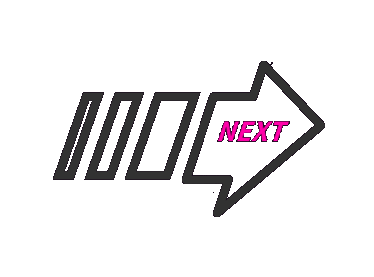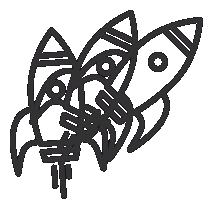
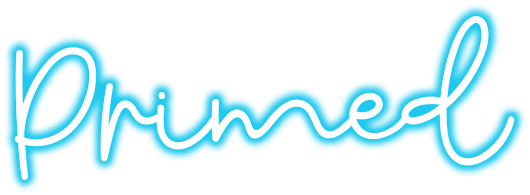


Primed
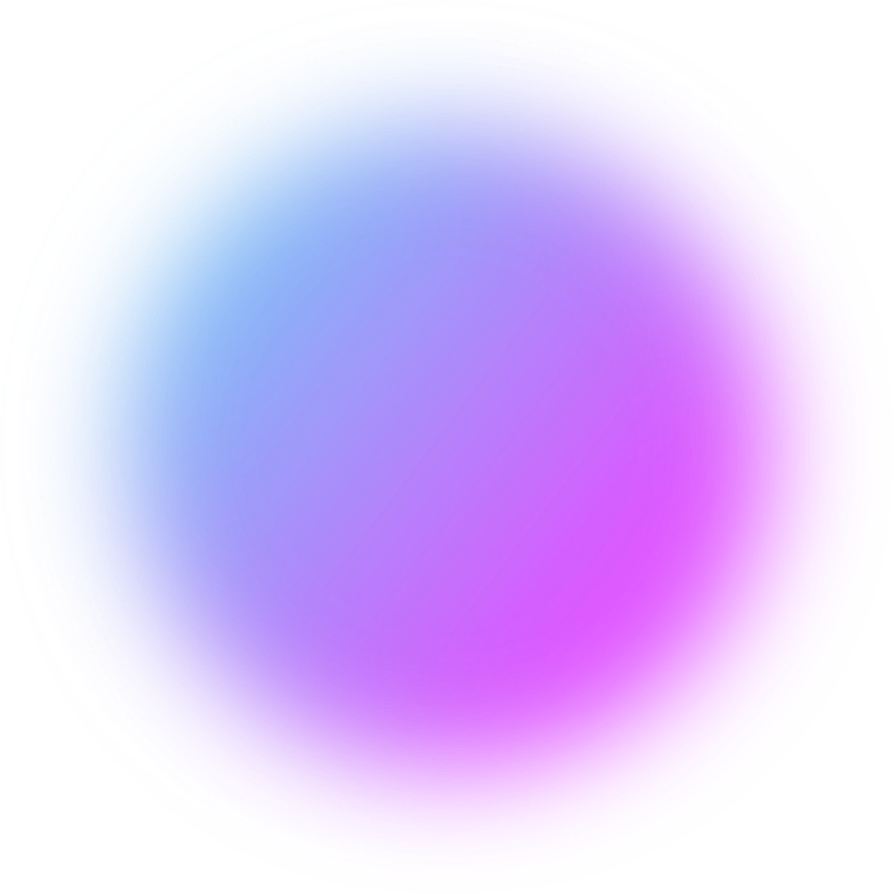


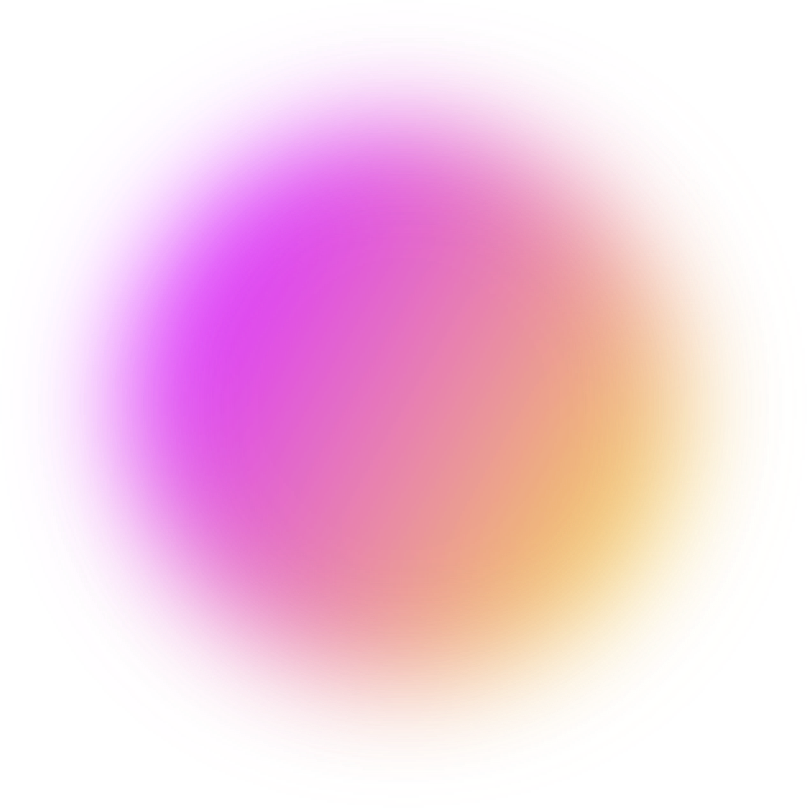
The creative and innovative projects we’re working on right now are a big part of the electrified feeling running through OCAS. These concepts will help our organization – and our partners – position ourselves to identify and address emerging trends in higher education in the coming years.
Among these new projects: the creation of a Data Warehouse specifically focused on international education, so we can bring the same data analysis capabilities we have for domestic applications to the international sphere.
We’re also working on refreshing the foundational technology that supports our applications, ensuring that technology is secure, stable, and sufficiently adaptable so that we can easily incorporate new features as we build them.

Data Warehouse for International

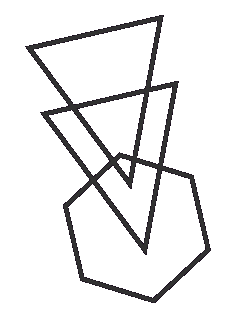
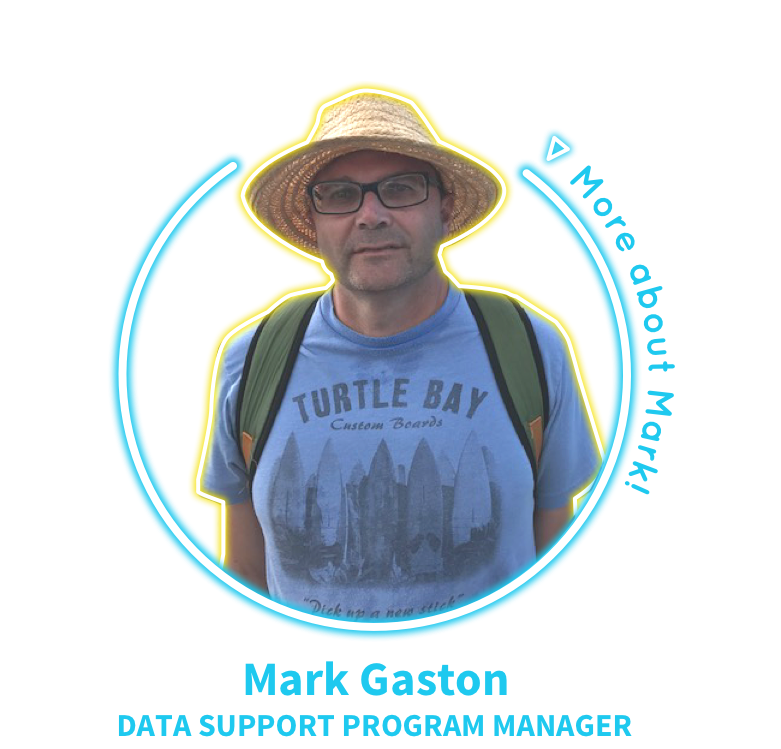
Hello, I'm Mark Gaston
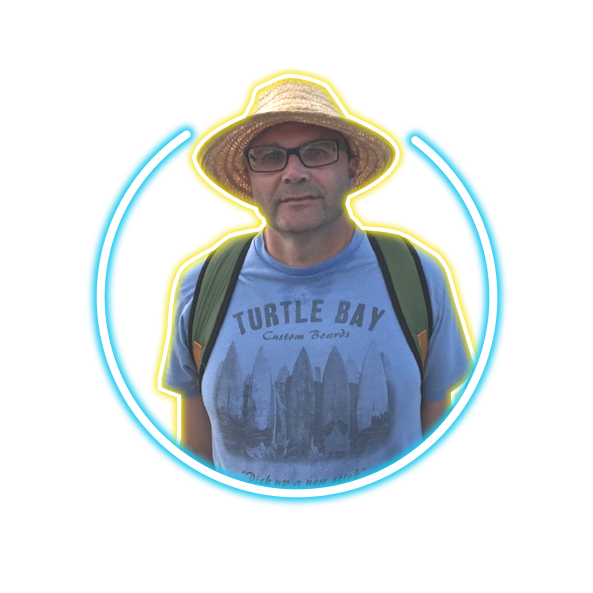
| Years at OCAS: | 23 |
| Key responsibilities: | Helping our college partners access and make sense of the data that OCAS collects. |
| Essential skills: | Listening. Analyzing. |
| Biggest challenge: | Not having data available to answer questions from college partners. |
| Favourite project: | The development of the Data Warehouse in 2006. We made it possible to (securely) get a lot of data into the hands of a lot of people. |
| Favourite part of the job: | Helping people answer questions they could not answer on their own. |
| Favourite hobbies: | I collect coins! I have since I was 8; last year, I finally got a 1967 $20 Canadian gold piece. I also like reading travelogues, history, mysteries, and detective novels. |

Hello, I'm Mark Gaston

Years at OCAS: 23
Key responsibilities: Helping our college partners access and make sense of the data that OCAS collects.
Essential skills: Listening. Analyzing.
Biggest challenge: Not having data available to answer questions from college partners.
Favourite project: The development of the Data Warehouse in 2006. We made it possible to (securely) get a lot of data into the hands of a lot of people.
Favourite part of the job: Helping people answer questions they could not answer on their own.
Favourite hobbies: I collect coins! I have since I was 8; last year, I finally got a 1967 $20 Canadian gold piece. I also like reading travelogues, history, mysteries, and detective novels.
For more than a decade and a half, the Data Warehouse has provided OCAS and our partners in higher education with exceptional opportunities to learn about domestic applicants and create tailored recruitment strategies and post-secondary programs. The Data Warehouse is the central repository for all data associated with the domestic application and every day we leverage it to better understand what learners require from a post-secondary education.
Today, we’re working on building a Data Warehouse for International so we can leverage these same kinds of insights for colleges looking to enhance their international education offerings. It means we’ll be able to provide advanced year-over-year reporting to our partners in higher education.
And by leveraging Power BI – the reporting and data analysis tool we currently use to make sense of the enormous amount of information available to us through the original Data Warehouse – we can craft highly visual and interactive reports for our partners.
What’s the
Data Warehouse?
The (Original) Data Warehouse
Each year, we process roughly 200,000 domestic applications to Ontario’s public colleges – and with those applications comes a wealth of information on the trends and behaviours of post-secondary learners.
We store that information in what’s known as the Data Warehouse, a massive repository of college system data. By leveraging it, we can offer our partners self-serve data and reporting on applicant demographics, college programs, confirmations, enrolment, and more. We also use it to produce insightful reports, such as the OCAS Research Series.
Our work on the Data Warehouse for International is just beginning and represents a major effort to bring even more advanced data insights to our partners. Stay tuned for more information about its progress in the coming year.


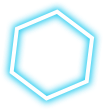
Data Governance
Data governance is about carefully managing data at every stage, from acquisition to transmission and beyond.
In other words, it’s about being accountable for how data is captured and consumed. At the same time, data governance is about ensuring data can be leveraged in a thoughtful and innovative way, so those who need to use it have access.
Every organization needs data governance, but it’s especially vital for organizations, like OCAS, that collect and analyze considerable amounts of information.
Discovery

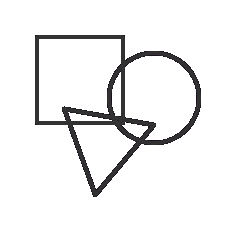
Our goals for data governance are simple but, once achieved, will have a huge benefit to our partners in higher education. Eventually, it could mean deepening insights on recruitment, enrolment, program development, and more – and in less time than ever before.
These goals include:
- Fostering system-wide innovation by enhancing the discovery of data – in other words, making it easier for OCAS and our partners to access and learn from the data we collect.
- Enhancing data access by making it easier for people at OCAS and within the college system to use data in their jobs and make better decisions based on their learnings.
- Managing the inherent operational risks from collecting, storing, and using data; in essence, ensuring OCAS continues to operate as good data stewards.
- Ensuring regulatory compliance as both the datasets and data user base grow.
Strategies
To reach our goals for data governance, OCAS will implement the following strategies:
- Conducting a maturity assessment of our data infrastructure and processes
- Prototyping a modern data platform sandbox, including data and metadata discoverability
- Developing a vision for OCAS’ data science process lifecycle
Outcomes
When our data governance framework is complete, we anticipate several positive outcomes, the most notable being unprecedented accessibility to data. Eventually, this may even result in automation of data accessibility, meaning OCAS and our college partners can access relevant data instantaneously while remaining safe, secure, and compliant.
The following framework outlines the key principles of data governance and illustrates the positive implications of their implementation, as well as how OCAS plans to organize its data resources for agility and growth in the future.



Innovation Team Prototypes
The Innovation team at OCAS focuses on connecting the dots between people, ideas, emerging technology, and opportunity.
The following are just a few of the exciting prototypes that the Innovation team is working on right now..
Program Recommendations


Personalized Program Descriptions

Currently, all prospective applicants visiting ontariocolleges.ca and college websites receive the same information about programs. We believe there’s an opportunity to build deeper connections with learners by customizing the tone and positioning of program descriptions to each individual based on their interests. To do this, we can leverage natural language technologies.
Consider the following three personas and their distinct motivations:
- Alice: I am interested in helping people and making the world a better place.
- Bob: I am interested in career prospects and financial stability.
- Carol: I am interested in learning, growing, and becoming the best version of myself.
By understanding these differences, we can develop program descriptions that are more engaging for learners because they speak directly to an individual’s unique motivation for going to college.
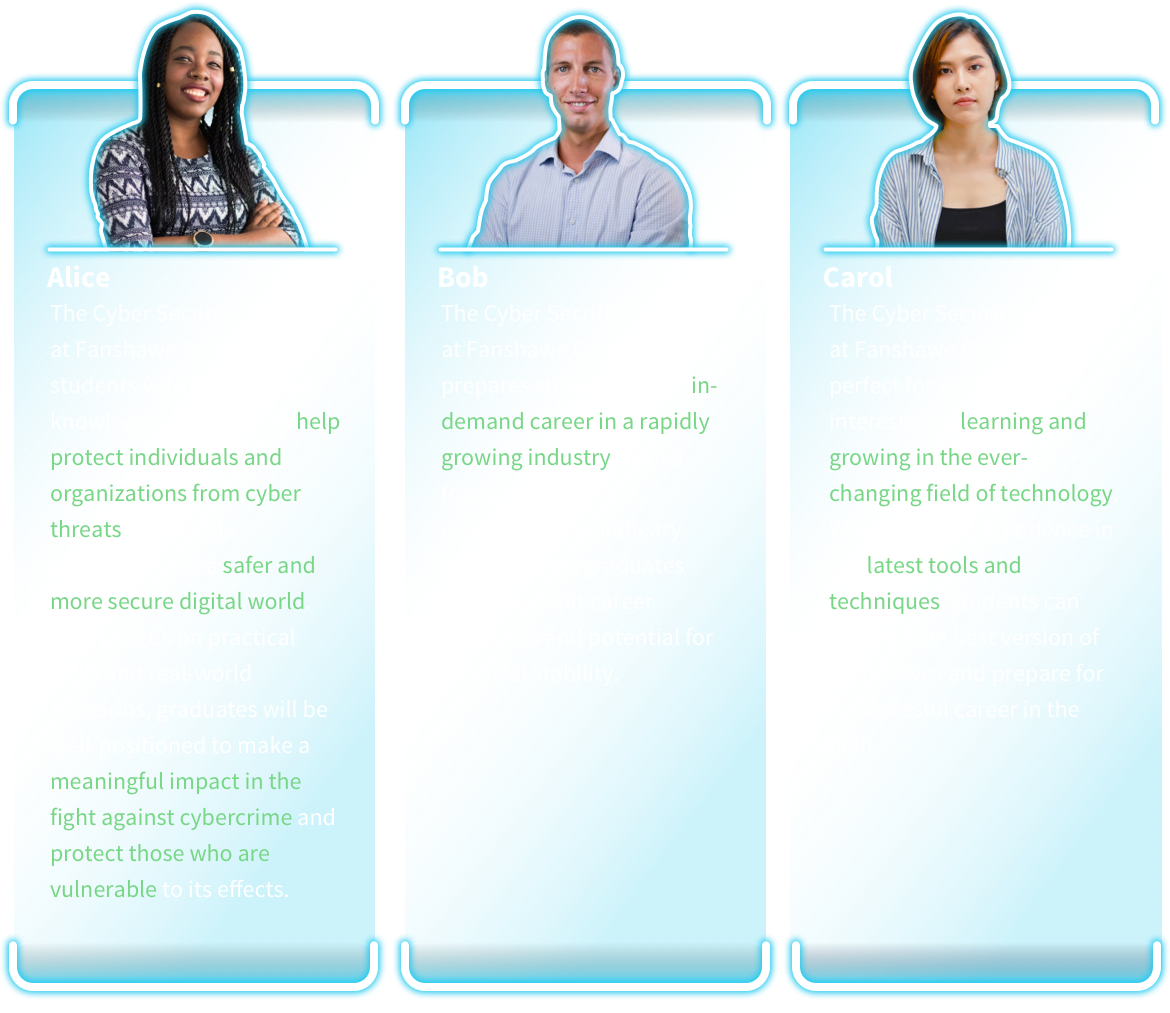
Alice:
The Cyber Security program at Fanshawe College equips students with the skills and knowledge necessary to help protect individuals and organizations from cyber threats, ultimately contributing to a safer and more secure digital world. With a focus on practical skills and real-world scenarios, graduates will be well-positioned to make a meaningful impact in the fight against cybercrime and protect those who are vulnerable to its effects.
Bob:
The Cyber Security program at Fanshawe College prepares students for an in-demand career in a rapidly growing industry. With a focus on real-world experience and industry certifications, graduates have excellent career prospects and potential for financial stability.
Carol:
The Cyber Security program at Fanshawe College is perfect for someone interested in learning and growing in the ever-changing field of technology. With hands-on experience in the latest tools and techniques, students can become the best version of themselves and prepare for a successful career in the field.

Converting User Guides to Q&A

For some time, we’ve been exploring emerging technologies in the natural language space as a means to enhance learner engagement with information about colleges and their programs. This effort includes converting static documents into the more conversational ‘question and answer’ (Q&A) format.
Using GPT-3 – an AI language model that uses deep learning to produce human-like text – we were able to convert a 37-page applicant user guide into a collection of over 400 question-and-answer pairs. Currently, we’re exploring leveraging this technology to test a chatbot that may one day support the OCAS Contact Centre.



Technology Refresh
OCAS’ Domestic Application Service is leveraged by every Ontario college to help them manage domestic applications – making it our most important offering. That’s why we’re refreshing its underlying technology.
Platform Upgrade

Over the past decade, OCAS has invested heavily in enhancing the features, stability, and user experience of the domestic application.
But this effort is different. Unlike recent investments and updates to the Domestic Application Service, this project is about overhauling the service’s foundational technology by the end of 2027.
The project will focus on the following critical elements of the Domestic Application Service:
- Domestic core back-end integration service
- Goal: Revitalize the underlying technology so that its features and capabilities can be expanded and enhanced more easily using internal resources (rather than expensive third-party vendors).
- Data Warehouse
- Goal: Bring the domestic Data Warehouse technology in line with the new Data Warehouse for International and International Application Service technology to reduce its technical footprint, optimize costs, and enable future data development.
- Document processing
- Goal: Modernize document processing technology to increase staff efficiency and reduce the requirements of applicants.
- Electronic Transcript Management System (eTMS)
- Goal: Modernize eTMS technology and features to enable more efficient transcript exchange.
- IT infrastructure
- Goal: Plan and deliver a roadmap for our IT network and infrastructure that ensures both are sustainable beyond 2027.
Like so many of the emerging projects at OCAS, this one closely aligns with our new Strategic Plan. Specifically, it’s tied to our operational goal of investing in the foundations that can position us for the future.
Our technology refresh is a major undertaking that will require a few years to complete, but we’ll be regularly updating our partners as we reach key milestones in this vital project.
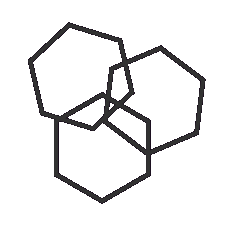



Security Framework V2
In last year’s annual report, we talked about the OCAS Security Framework Project, which was our effort to rapidly identify and proactively address any security issues affecting our application products and services. This took the form of introducing multi-factor authentication measures, employee education, and 24/7 system monitoring.
This year, we’re evolving these efforts through Security Framework V2, which aims to further improve the resilience of our systems.
How so?
By filling the gaps in security coverage and practices through:
- Running intensive penetration tests to assess our security capabilities and address any issues
- Assessing OCAS’ current Disaster Recovery Plan and providing recommendations to evolve that plan
- Reviewing and updating user permission access for all OCAS applications
- Performing a self-assessment of OCAS’ security practices against the CAN/CIOSC-104 standard
Disaster Recovery Planning

While OCAS has multiple secure backups in place for our servers and databases, we want to be as confident as possible in our ability to recover from major disaster scenarios, such as a ransomware attack.
That’s why Security Framework V2 will include a deep dive investigation – alongside our security partners – to clearly illustrate our current state and identify options (and their associated costs) to evolve our ability to recover from disasters. Once this is known, a formal report will be presented to the OCAS Board of Directors.
As with the first version of this initiative, OCAS plans to be exceptionally thorough with Security Framework V2, ensuring all potential threats are identified and addressed. As such, we anticipate the evolved framework will be complete by the end of calendar year 2023.


© 2023 OCAS. All rights reserved. Accessibility
